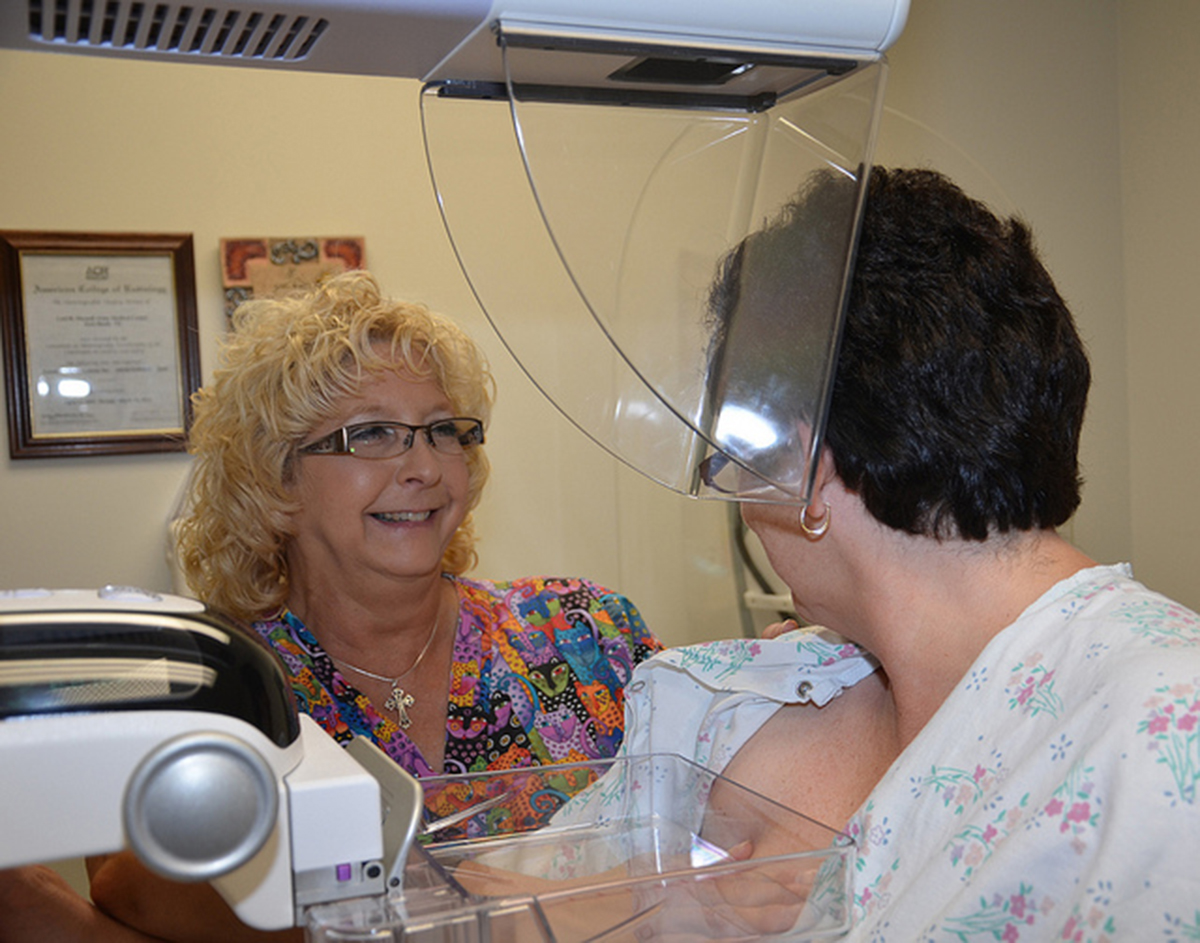Table of Contents
Forty-four year-old mother of three Joan had an all-too-common experience with breast cancer.
In a routine mammogram, Joan's doctors found evidence of an 6-millimeter in situ ductile carcinoma. This was a cancer about 1/3 of an inch wide. It was "in situ," meaning it had not spread. It was ductile, meaning it was in a milk duct in the breast, poised to spread.

Joan's doctors removed the tumor two weeks later. She went home later the same day, but the next week, the doctors called again. They had received the pathologist's report. The edges of the tumor were not clearly defined, so it was possible that the surgeon had missed part of the tumor. Joan came back to the hospital for another operation, this time to remove lymph nodes under her arm. She was scheduled for radiation treatments, and had to have daily physical therapy to restore the use of her arm. After about a year, she had normal use of her arm. Of course, a large part of her breast had been removed, and Joan was offered yet another surgery to have it reconstructed. Joan seriously considered having the operation, since she was having to use an external prosthesis ("falsies") to make her breasts look equal and the scar tissue was very prominent.
Joan had her surgery in 2001. Had she had her mammogram in 2015, the doctors probably would have advised not having an operation at all. Because so many women have had "unnecessary" breast surgeries with all their attendant pain and complications, some doctors have started questioning whether women should have as many mammograms as they do now.
Improved Diagnosis, Same Results
Mammograms Are Big Business
- Bleyer A, Welch HG. Effect of three decades of screening mammography on breast-cancer incidence. N Engl J Med. 2012. 367:1998-2005. http://www.nejm.org/doi/full/10.1056/NEJMoa1206809 Accessed September 30, 2015.
- Esserman L, Shieh Y, Thompson I. Rethinking screening for breast cancer and prostate cancer. JAMA. 2009.302:1685-1692. http://jama.jamanetwork.com/article.aspx?articleid=184747 Accessed October 5, 2015.
- Photo courtesy of armymedicine: https://www.flickr.com/photos/armymedicine/6198092775/ and https://www.flickr.com/photos/armymedicine/14917131905/


Your thoughts on this